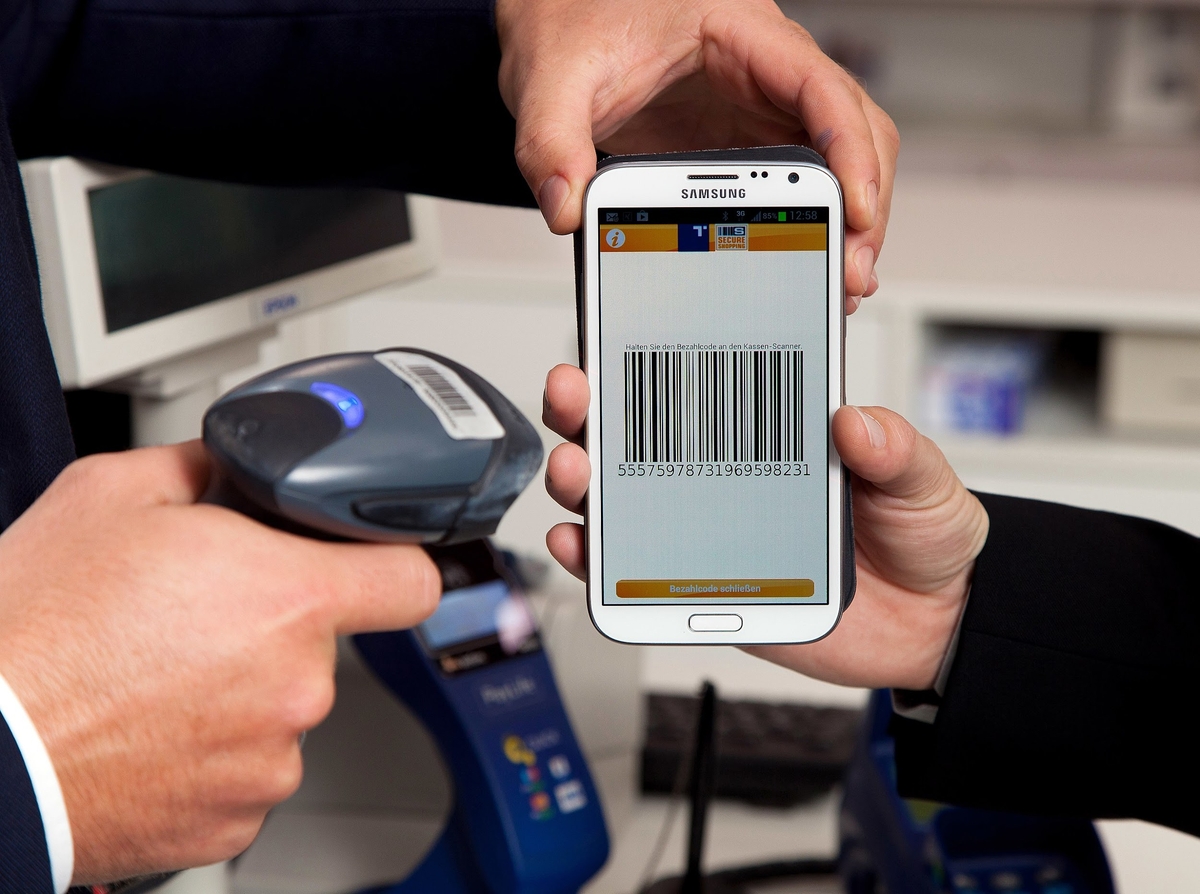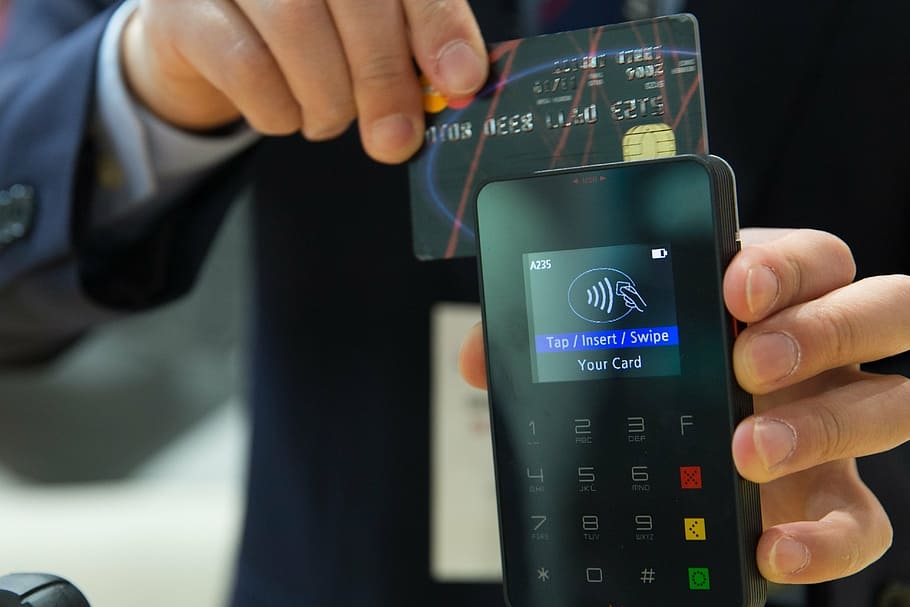Declining venmo payments [complete 2023 guide]
Are you looking to join the Venmo payment revolution? Have you had trouble understanding how it works and what is required to make payments and transfers?
Since its launch in 2018, Venmo has emerged as one of the most popular mobile payment solutions available. The app allows users to send money digitally, via text, email or scanning a friend’s QR code. It also allows users to use their debit cards or bank accounts to cover payments and receive funds within minutes.
As the popularity of mobile payment solutions continues to grow, Venmo can help you save time and make payments easier – but only if you know how to use it. In this guide, we’ll explain what Venmo is, show you how to use it safely and help you understand the fees associated with making payments through the app. We’ll also walk through some best practices for declining Venmo payments in an easy-to-understand way so that you can take full advantage of this revolutionary service.

8 Common reasons why Venmo Is declining your payment
Venmo is an increasingly popular payment service due to its convenience and ease of use. However, when a Venmo payment is declined there may be many reasons why this happened. Knowing the common reasons why your Venmo payment can be declined will help you to troubleshoot the problem and ensure smoother transactions in the future.
One reason a Venmo payment might be declined is if the individual sending the money does not have enough funds in their account to cover it. It’s important to know your own limitations before attempting a transaction and double check that you can actually afford what you are attempting to pay for. If your account has become too low and you attempt a transaction, then the payment could easily be declined resulting in embarrassment or frustration for all parties involved. Another issue could be a frozen account – depending on activity or security concerns, your Venmo account may be suddenly frozen which would mean no further payments could go through without verification first. Additionally, another common reason for declines is entering an incorrect bank account number – make sure all details are correct including Bank routing numbers if needed! Lastly, users should look out for potential scams or fraudulent charges as this will cause their payment attempts to be rejected immediately by Venmo’s security system.
Insufficient funds in your account
Errors indicating insufficient funds are a common occurrence, especially among users who link multiple bank accounts to their Venmo account. This happens when Venmo verifies that the user’s balance or linked bank account does not have enough money to cover the cost of their intended transaction. Unfortunately, when this occurs, the Venmo payment declines and an insufficient funds notification is generated.
To resolve this issue, users should add money either to their Venmo balance or to the linked bank account and try the transaction again. It may be wise for users to check their balances before attempting to make a payment so as to avoid unnecessary fees for unsuccessful payments in the future. Additionally, it may be beneficial for users to take measures such as linking additional bank accounts and increasing their weekly transfer limits so as better prepare them for larger transactions they may need to make on occasion.
Internet or technical problems
Internet or technical problems can be frustrating and disrupt our daily routines. One example of this is when attempting to use Venmo to make payments. Sometimes, a Venmo transaction may decline due to weak network connectivity that fails to send or receive the payment information properly. In these cases, the most obvious solution is to switch networks and try again. If that doesn’t work, you can restart either your device or the app itself before trying once more.
If your internet connection is working fine but Venmo still isn’t cooperating, then it’s time to contact customer support. Make sure to describe the problem thoroughly so they can help find a solution as soon as possible. Keeping your device updated may also help solve any software problems that you might be facing with the application. Despite the occasional hiccup, Venmo remains an accessible and convenient method for sending and receiving payments quickly and easily from anywhere in the world.
Card issuer or bank declined the payment
When attempting to make a purchase online or in-store, the issuing bank or card issuer of that payment method may decline the transaction. This can occur for various reasons and may seem counterintuitive to customers who have sufficient funds. In this case, your bank or card issuer has the final say over whether your transaction will go through or not.
This could be due to a security freeze instated by their bank, insufficient funds in the account, fraud activity perceived by the issuing bank, problems with previous payments from that account, technical issues, and more. A customer’s best bet when this happens is to call their issuing bank directly and speak with an agent about why the transaction was declined. If necessary, an agent can help them remove any blocks preventing future transactions from going through successfully.
Venmo payment limits exceeded
When using Venmo for peer-to-peer payments, there are limits to the amount of money you can send at any given time. According to their policies, the maximum amount of money that can be sent in a week is $299.99. However, if an individual completes their identity verification process with Venmo, they are eligible to increase their weekly transaction limit up to $60,000. This increase is accomplished by completing multiple layers of identity verification and having certain KYC requirements met.
These security measures and payment limits ensure the safety of both users of Venmo and ensure that illegal activity does not occur on the platform. Additionally, it helps prevent accidental overpayment from users who may be unfamiliar with the service or new to using digital payments systems like Venmo. Overall, these payment limits exist to keep everyone safe when sending money through this platform safely and securely while still allowing a large amount of transactions if necessary.
Incomplete, outdated, or unverified account information
Ensuring that your account information is up-to-date and current is key to a successful Venmo transaction. Failing to finish setting up your account could mean your Venmo payment might not be accepted. Before you can begin making payments with Venmo, you must first complete the signup process by inputting your information and linking a bank account. After this step, Venmo sends a notification to confirm your details. If you do not verify and confirm this information, then the likely result will be that your first attempt at using Venmo will decline completely.
Alongside verifying your details upon signing up, it’s also important to ensure that all data regarding the bank account linked to venmo is accurate, or else the payment may still decline. Any mistake made in entering an invalid bank number or other money transfer account numbers may result in rejection of payment, so double-check everything before clicking “send”. Updating any changes as soon as possible is key for a successful Venmo transaction — mistakes can be costly when dealing with money, so better safe than sorry!
Account is locked or frozen
When signing in to Venmo, you must provide both a username and password for security purposes. As an extra layer of protection, Venmo may also require two-factor authentication which requires a verification code sent to your device. This helps prevent fraud and makes having a secure account even more important.
Unfortunately, if you fail too many login attempts or fail the two factor authentication process then Venmo might freeze your account for a period of time. When this happens you will no longer be able to access your account until it is unlocked. Fortunately, after some time has passed Venmo will allow you to try again but if you need immediate access then the only solution is to contact customer service. For these reasons, always make sure that your password and two-factor authentication are secure and updated regularly in order to keep your account safe from unwanted users.
Suspicious payment activity or high volume transactions
Suspicious payment activity or high volume transactions can be a major red flag when it comes to using Venmo. Whenever a user initiates too many transactions in a short period of time, it can lead to their accounts being declined by the service. This could be for overseas payments, dealing with high-risk accounts, payments sent from new devices or a large number of charges coming in that result in chargebacks.
Additionally, User activity can increase scrutiny even further – if someone suddenly starts using their account far more frequently than they have been and they initiate several payments all at once, it’s highly likely that the platform will consider this suspicious. Plus, large sums of money being sent and received also tend to draw attention to an account and could result in an investigation by the company in order to ensure security and integrity. Ultimately, users should always keep monitoring their activity on Venmo and take care not to allow any kind of suspicious behavior as this could lead them into trouble with the platform.
Products or services are considered high-risk

The adult products and services industry has long been labeled as a high risk industry when it comes to payments. This is due to the card-not-present nature of these transactions, which can make them more vulnerable to fraud and chargebacks. Additionally, this industry usually has a higher chargeback ratio and high transaction volume, two other qualities that can result in them being classified as “high-risk businesses” by payment platforms such as Venmo. As a result, payments for adult products or services made through Venmo could decline, denying customers the convenience of their preferred payment platform.
Although some industries like the adult products or services sector may be considered high risk for offering outbound services – services delivered to customers – many others may find themselves unable to quickly process payments inbound from customers. This can happen due to strict banking regulations leading banks or financial institutions associated with payment platforms to flag transactions from classified industries as risky transactions. Merchants thus need to work closely with their overlying financial service providers if they are dealing with sensitive information — like related to the adult products or services industry — and proper checks are not conducted before processing a transaction.
How to prevent Venmo from declining payments?
When using Venmo, it’s important to take all the necessary steps to ensure your payment is declined. Here are some tips on how to protect yourself and your money when making payments with Venmo:
1. Verify that you have enough money in your account before attempting a transaction.
2. Check the accuracy of the recipient ‘s information and make sure there are no typos.
3. Monitor your account for any suspicious activity and report it immediately.
4. Don’t store sensitive financial information in the app, such as credit card or bank account numbers.
5. Read Venmo’s Terms of Service thoroughly before using the service to ensure you understand the risks associated with it.